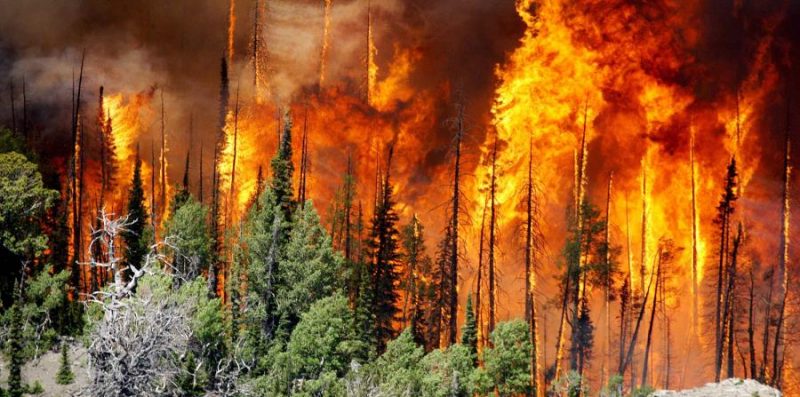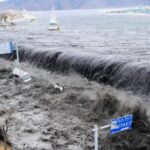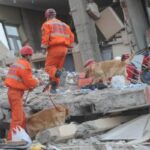We explain what natural disasters are and how these natural phenomena are classified. Examples of natural disasters.

What are natural disasters?
Natural disasters are understood to be those violent or sudden changes in environmental dynamics whose repercussions can cause loss of materials and lives, and which are the product of environmental events in which the hand of human beings is not present, such as earthquakes, floods, tsunamis, among others.
They are classified as disasters since environmental conditions go to extremes, exceeding the limits of what is considered normal. Thus, an earthquake may be harmless, but if its intensity increases and becomes an earthquake, it will surely will cause death, destruction and structural changes to the earth's surface.
Natural disasters should not be confused with natural disasters. environmentalcharacterized by the presence of a specific substance that contaminates, degrades or destroys the chemical, physical or biotic balance of an ecosystem. These types of environmental tragedies are usually a direct consequence of irresponsible human activities with the environment.
However, one could argue that these disasters They are never exclusively natural since to a certain extent they can be complicated or even due to poor planning (even a total lack of planning) on the part of human societies. Even so, unpredictable phenomena such as the eruption of volcanoes are important challenges for even the most developed and organized of societies.
Classification of natural disasters
Natural disasters can be classified according to their nature, as follows:
- Atmospheric phenomena. They are derived from climatic conditions or the Earth's atmosphere, and tend to be extreme: prolonged droughts or endless thunderstorms, blizzards, hurricanes, etc.
- Mass landslides. This refers to avalanches, avalanches and other landslides of land masses, such as rivers, stones, mountains, mud, etc.
- Biological disasters. This is where pandemics and mass extinctions come in, among other infectious outbreaks that may or may not directly attack humans.
- Volcanic eruptions. When boiling magma from the depths of the Earth gushes outward violently, it gives rise to volcanoes. Hot lava creates new surface layers and destroys everything in its path.
- Space phenomena. This includes the fall of objects from space such as meteorites, solar winds and other phenomena from outside the planet.
- Forest fires. Drought, the intense sun or the presence of glass and other materials that concentrate the sun's rays acting as a magnifying glass, can start enormous fires, which devour hectares of grasslands and even entire forests in their path, ending life and massively fouling the atmosphere. with its fumes and suspended particles.
- Earthquakes. This is the name given to the spasmodic and disordered movements of the Earth's crust, a consequence of the movements of the tectonic plates. They can be mild and cause little damage, or they can be terrible shocks that topple trees, buildings, and mountains.
- Tsunamis and floods. As a consequence of sudden earthquakes or abrupt climate changes (such as the El Niño phenomenon), they flood everything in their path, submerging entire houses and accumulating masses of water that drag away everything in their path, ruining crops and entire towns.
Examples of natural disasters
Throughout history there have been great natural disasters, among which we can list the following:
- The Great Drought in the United States during the 1930s.
- The Vargas Tragedy, a trough on the coast of Venezuela in 1999, which caused intense rains for a week and massive landslides, which is why it is classified as the deadliest mudslide in history by the Guinness World Record.
- The Spanish flu of 1918, a pandemic that killed around 40 million people.
- The 2011 Japan tsunami resulted from a catastrophic earthquake in the Pacific Ocean basin measuring 9.0 on the Richter scale, which created waves up to 40.5 meters high.
- The eruption of Mount Vesuvius, which buried the Roman city of Pompeii in lava in 79 AD
- The 2017 Chiapas earthquake, which occurred in September of that year and with its epicenter in the Mexican city, had an intensity of 8.2 on the Richter scale and left 98 dead and 2,500,000 affected.
- Hurricane Maria in 2017, the third hurricane of the year in the Caribbean, after Irma and José, also devastating. It killed around 500 people and was particularly cruel in Puerto Rico, which was still recovering from the damage caused by Irma.
Continue with: Natural phenomena





